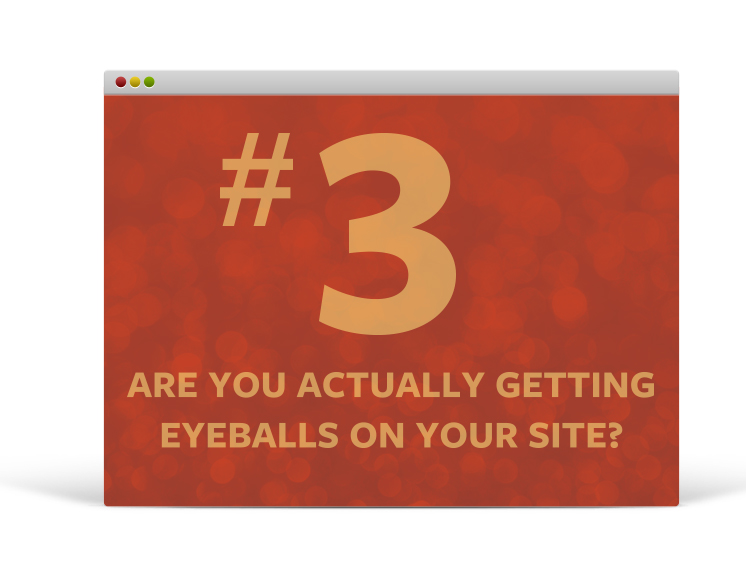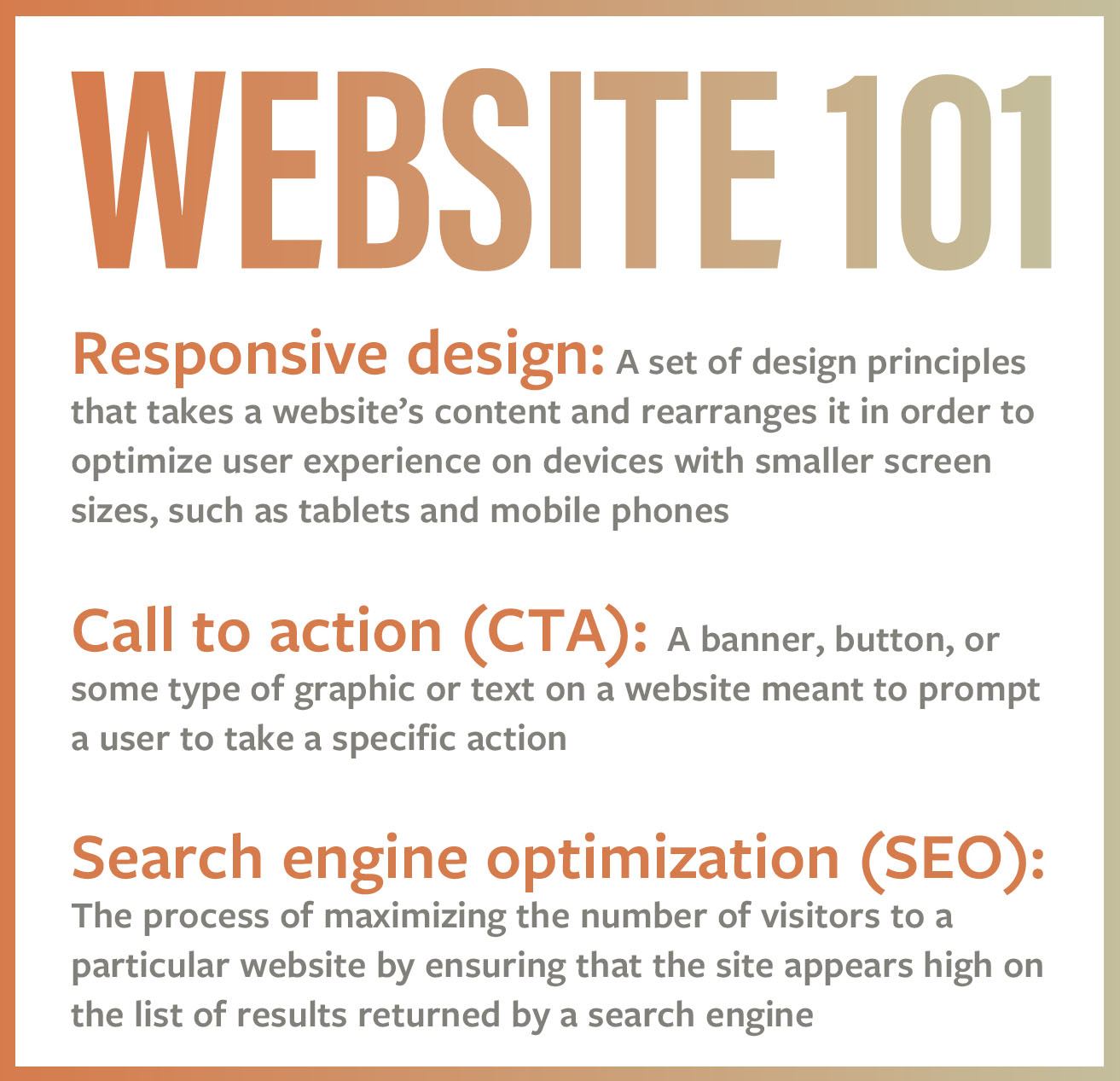Physicians love to talk about the patient experience. It has become a trending topic of conversation in recent years—and rightly so. From appointment scheduling to the visit itself, the friendliness of the staff to the ease of the billing process, all physicians want to deliver an outstanding patient experience. And who can blame you? If you scheduled an appointment with another surgeon, you would expect the same.
Although most physicians claim to take a holistic approach to the patient experience, a quick Google search reveals that, by and large, their websites didn’t get a seat at the table. With every passing day, our reliance on the Internet and the wealth of information it provides is growing at breakneck speed; indeed, it seems we can hardly accomplish much of anything without first turning to the web in our quest. So, if you want to provide an exceptional patient experience, why limit it to only the interactions you have in person?
The fact is, the best patient experience doesn’t start at the door. In a world where 61% of potential patients will start their search for a doctor online, the importance of your online presence cannot be overstated. Three of the most important considerations to take into account when evaluating your practice website are below.

If you have ever come across a website that looks different on a mobile phone than it does on your computer, chances are it is responsive. Responsive design is a set of design principles that takes a website’s content and rearranges it in order to optimize user experience on devices with smaller screen sizes, such as tablets and mobile phones.
With responsive design, there is no desktop version or full site link at the bottom of the page—just one website that knows how big a user’s screen is and how it should arrange the content so that it is readable, clickable, and easily accessible.
According to Margin Media, 48% of Internet users say that if a business’ website is not working well on mobile, they take it as an indication of the business simply not caring.1 Investing in a website that is mobile-friendly is no longer just an option; it is vital.

As beautiful as your website may be, if patients cannot find the correct information—or act on it immediately—they will leave. Calls-to-action revealing the next step a user should take (ie, “Download our guide to cataract surgery” or “Click to schedule a consultation”) should be thoughtfully placed throughout your website for users to easily find the information they are looking for and take action in the moment.
Regardless of the demographic, age, or technological ability of your target audience, your website must be idiot-proof. If it is not, you will lose business. The key is to make everything as easy as possible for users—if they have to think twice, you have already lost. For some practices, that means simplifying online signup forms; for others, having their phone number placed throughout the website is all it takes. Regardless of which solution best fits your practice’s needs, do not make patients hunt for information. The best patient experience will feed it to them on a silver platter.

Pardon the gratuitous ophthalmic pun, but having an aesthetically pleasing website is only half the battle. You have to get people’s eyeballs on your website before they can connect with your story. Knowing how to direct potential patients to your practice and not the one down the street can be a challenge, and that is where search engine optimization (SEO) comes into play.
SEO is somewhat of a black box: Too many people do not understand what it is or why it is relevant. This confusion has led to an explosion of seedy online agencies preying on the fears and misconceptions of many business owners. (Put simply, if a service claims it can make you #1 on Google, you are being deceived).
In layman’s terms, good SEO prioritizes user experience above all else. It may sound weird, but Google does not care how beautiful your code is or what programming language your website is written in; search engines want to know that your information is organized in a way that their servers—and, more importantly, your users—can understand. Good SEO is an investment, and, as with any investment, it pays to be patient. As in real life, it takes time to build a good reputation online.

SUMMARY
The best in-person patient experience is not limited to one aspect of your practice, and neither is the art of online user experience. The challenge is to combine these elements into one pleasant, seamless experience that your patients will not forget.
1. Murton D. 10 mobile web design statistics all marketers should know about. Margin Media. September 26, 2012. https://blog.marginmedia.com.au/Our-Blog/bid/87385/10-Mobile-Web-Design-Statistics-All-Marketers-Should-Know-About. Accessed April 1, 2016.



